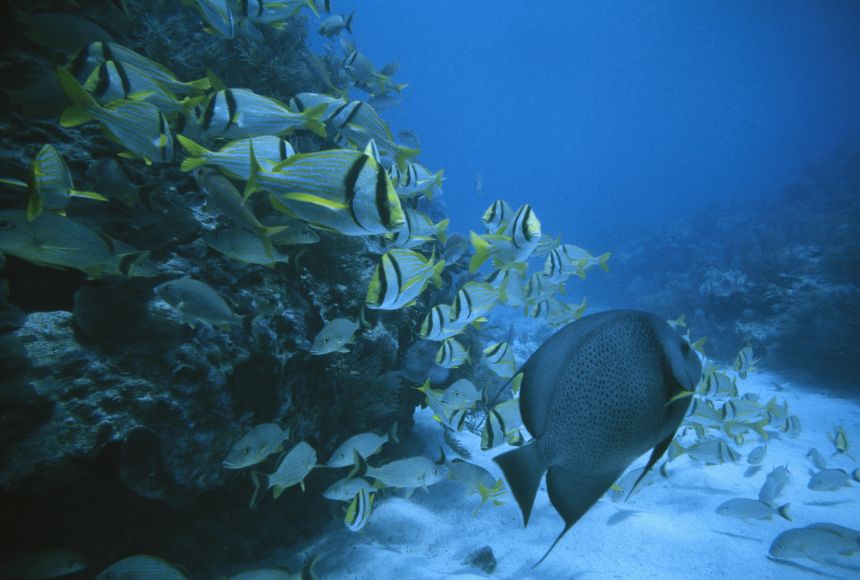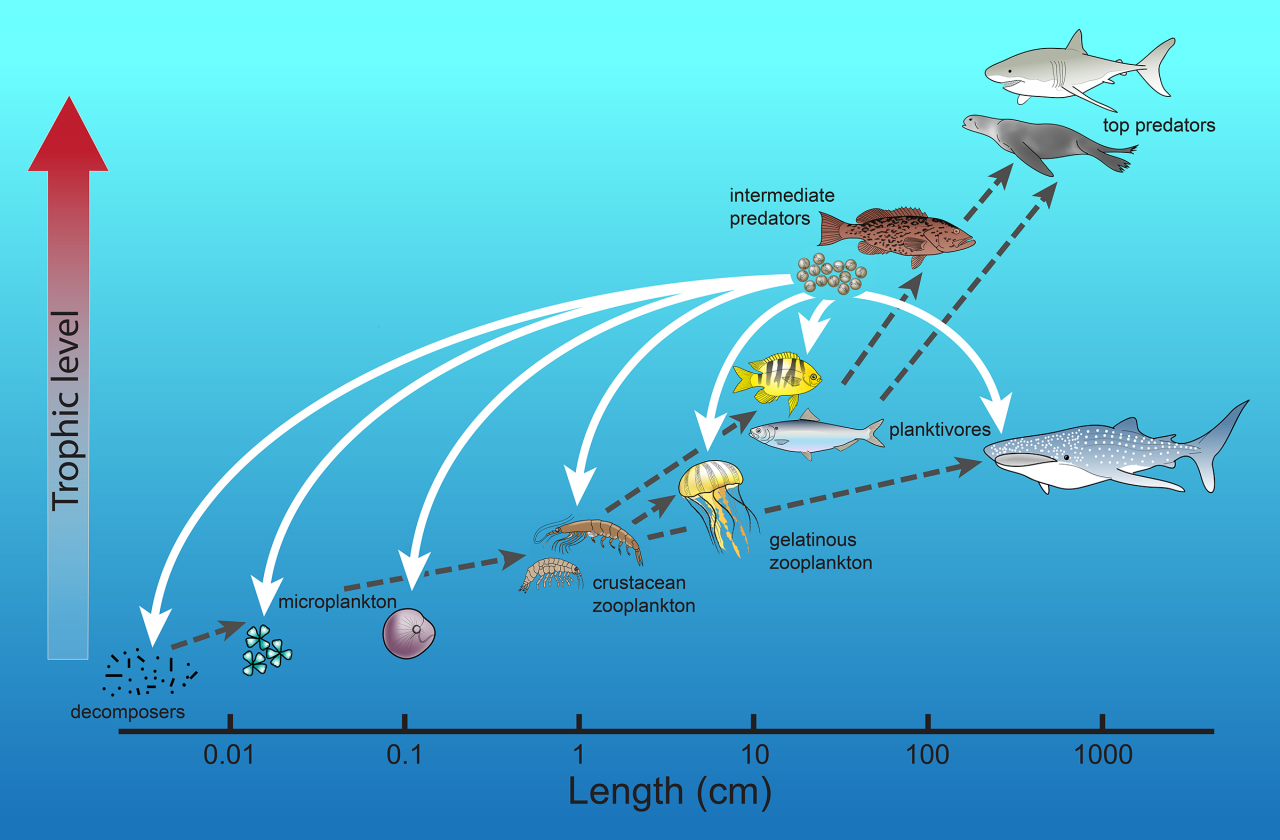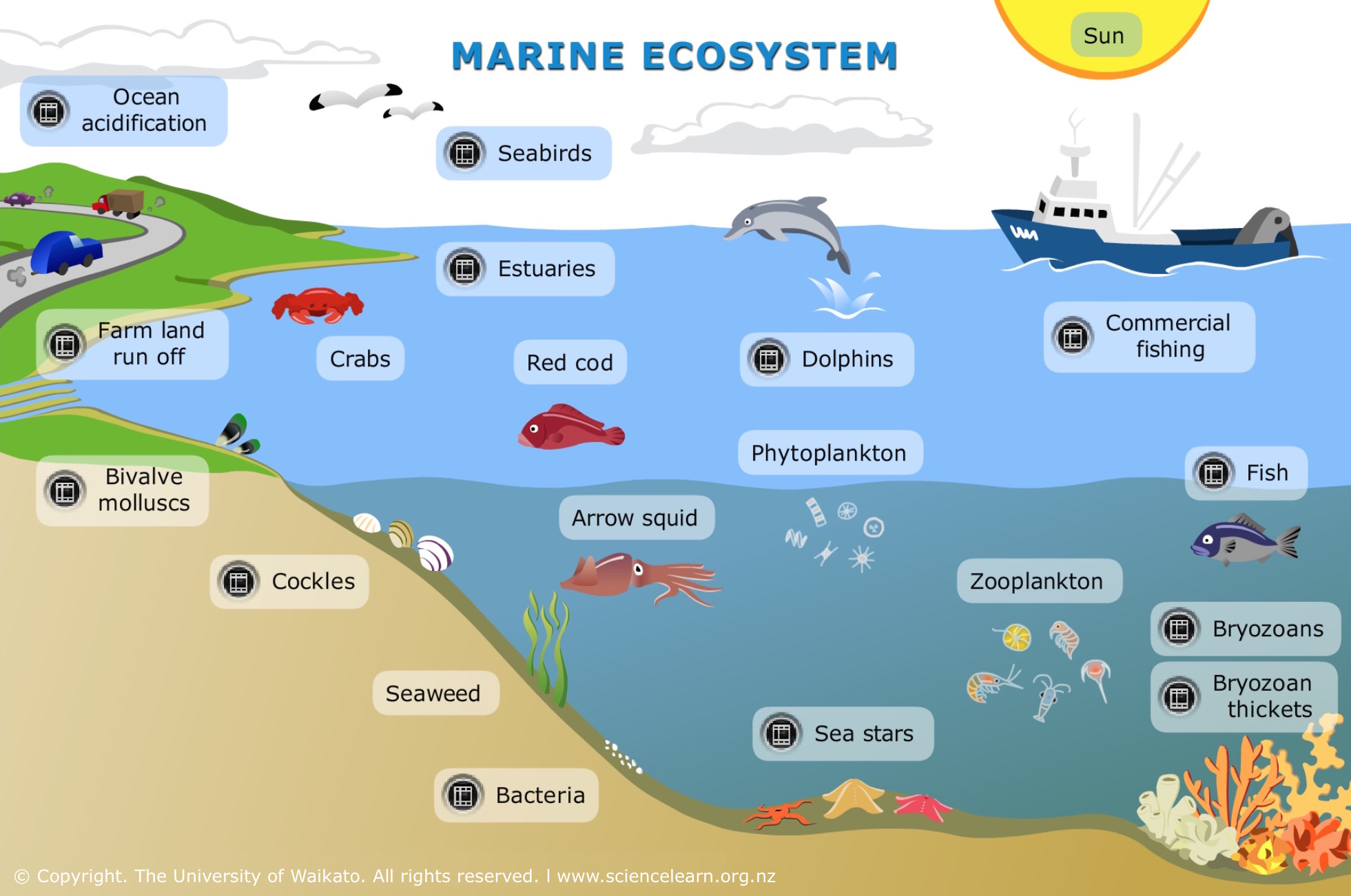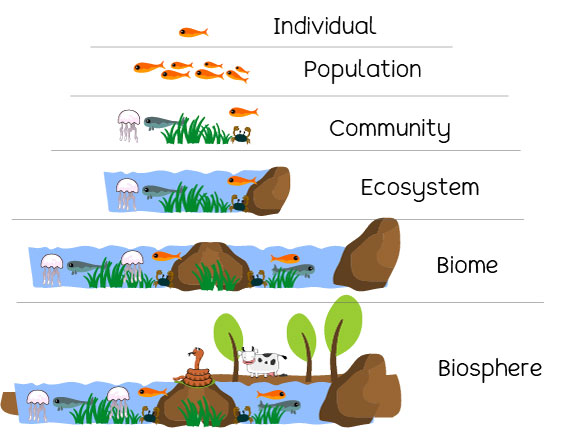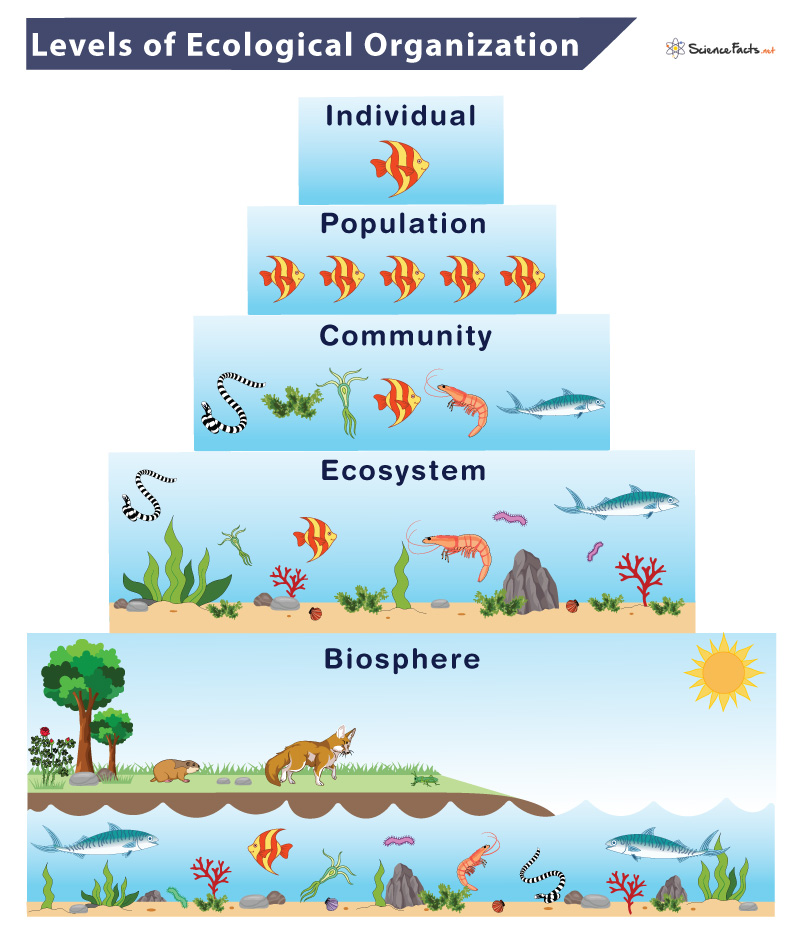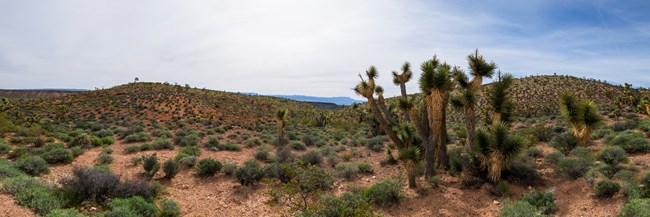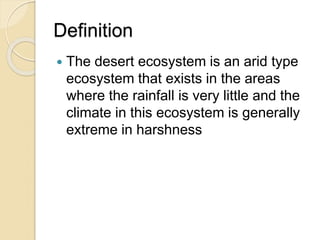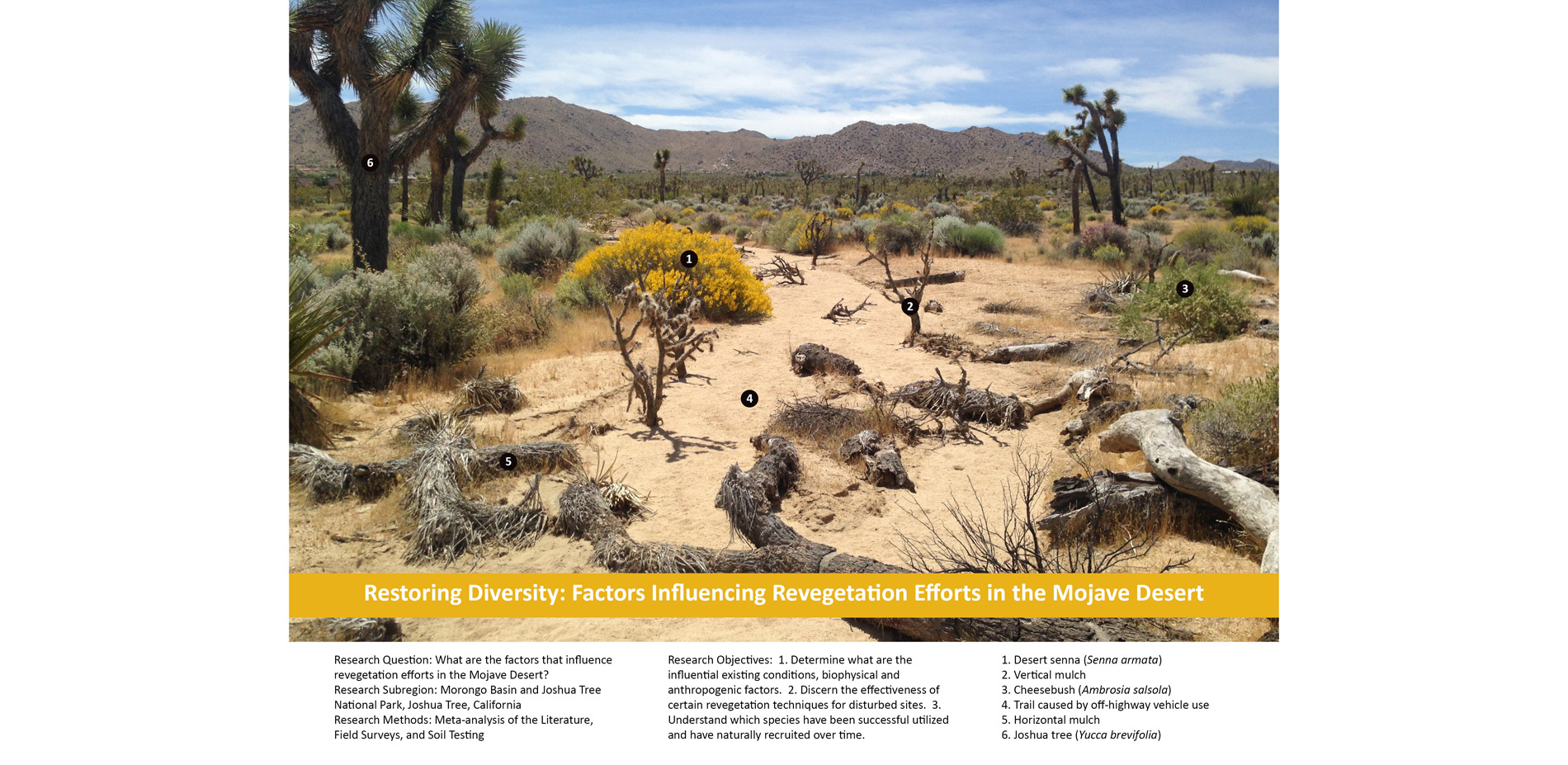Topic definition of marine ecosystems: Discover the vast and vibrant world of marine ecosystems, where life thrives beneath the waves, playing a crucial role in our planet"s biodiversity and climate regulation.
Table of Content
Can you explain the definition of marine ecosystems?
A marine ecosystem refers to a unique environment that exists in the oceans and seas. It is characterized by a combination of living organisms and non-living factors. These ecosystems are vital components of the earth\'s biosphere, providing habitat and sustenance for a wide variety of plants and animals.
In marine ecosystems, the biotic factors include plants, animals, and microorganisms that inhabit the water or the seafloor. These organisms play key roles in maintaining the balance and functioning of the ecosystem. They are adapted to survive in saltwater environments and have specific mechanisms to cope with the challenges posed by the marine conditions.
Marine ecosystems can be further classified into different zones based on factors such as water depth and shoreline features. The oceanic zone, for instance, represents the vast open part of the ocean, while coastal zones include areas closer to the shore. Each zone possesses unique characteristics and supports a diverse range of species.
One notable aspect of marine ecosystems is the high concentration of dissolved salt in the water. This salinity distinguishes marine environments from freshwater environments, creating distinct habitats for marine organisms. It also impacts various ecological processes and influences the distribution and behavior of marine species. Additionally, fluctuations in temperature, currents, and nutrient availability shape the dynamics of these ecosystems.
In summary, marine ecosystems encompass the intricate web of life existing in the world\'s oceans and seas. They thrive due to complex interactions between organisms and their environment, all of which contribute to the biodiversity and ecological stability of these vital underwater ecosystems.
READ MORE:
What Are Marine Ecosystems?
Marine ecosystems are vast, dynamic environments found in and around the Earth"s oceans and seas, encompassing a diverse array of habitats such as coral reefs, mangroves, estuaries, the deep sea, and the open ocean. These ecosystems are characterized by their saline water environment and host a rich diversity of life, including countless species of plants, animals, and microbes.
- Coral Reefs: Known as the rainforests of the sea, coral reefs support an incredible variety of organisms.
- Mangroves: Coastal ecosystems that thrive at the interface between land and sea, providing critical nursery grounds for many marine species.
- Estuaries: Areas where freshwater mixes with seawater, creating nutrient-rich environments that support diverse life forms.
- Deep Sea: The deepest parts of the ocean, hosting unique life forms adapted to extreme conditions.
- Open Ocean: The vast, pelagic zone beyond the continental shelf, home to large marine mammals and fish.
These ecosystems play essential roles in the planet"s carbon cycle, regulate climate, and provide vital resources for human societies, including food, medicines, and recreational opportunities. Their health and stability are crucial for biodiversity, economic well-being, and environmental resilience.

Key Components of Marine Ecosystems
Marine ecosystems are comprised of interdependent, vital components that sustain the diverse life forms inhabiting these environments. Understanding these components is crucial for the conservation and study of marine life.
- Water: The primary medium that supports life, facilitating processes such as gas exchange, nutrient transport, and temperature regulation.
- Salinity: The salt content of marine waters, which influences the biodiversity and distribution of marine organisms.
- Light: Essential for photosynthesis, light availability varies with depth, affecting the types of organisms that can thrive in different zones.
- Nutrients: Elements like nitrogen and phosphorus are critical for the growth of aquatic plants and algae, which form the base of the food web.
- Temperature: A key factor that affects metabolic rates, distribution, and biodiversity of marine life.
- Marine Organisms: From microscopic phytoplankton to the largest whales, all life forms are integral to ecosystem functions.
- Habitats: Varied environments such as coral reefs, seagrass beds, and hydrothermal vents provide homes for specific communities of organisms.
These components interact in complex ways to create the dynamic, interconnected systems that make up the marine environment, each playing a role in the ecosystem"s overall health and productivity.
Types of Marine Ecosystems
Marine ecosystems are categorized into various types based on their location, depth, and the conditions they present. Each type supports unique communities of plants, animals, and microorganisms.
- Coral Reefs: Biodiverse underwater ecosystems formed by coral skeletons, found in warm, shallow waters.
- Mangrove Forests: Coastal wetlands that occur in tropical and subtropical regions, providing critical habitat for a variety of species.
- Estuaries: Dynamic environments where rivers meet the sea, mixing fresh water with saltwater, and supporting rich biodiversity.
- Salt Marshes: Coastal wetlands flooded and drained by salt water brought in by the tides, serving as important buffers against storm surges.
- Seagrass Meadows: Underwater beds of flowering plants in shallow, sunny areas, vital for carbon sequestration and as nursery grounds.
- The Open Ocean: The vast pelagic zone beyond the continental shelf, characterized by deep waters, limited nutrients, and large migratory species.
- Deep Sea Ecosystems: Cold, high-pressure environments in the ocean"s depths, home to unique species adapted to extreme conditions.
- Hydrothermal Vents: Found in the deep sea, these are hot springs that support communities of organisms through chemosynthesis.
- Arctic and Antarctic Ecosystems: Cold, ice-covered regions rich in marine life, including whales, seals, and penguins.
Each of these ecosystems plays a vital role in the global environment, contributing to biodiversity, climate regulation, and the economy.

The Importance of Marine Ecosystems
Marine ecosystems are categorized into various types based on their location, depth, and the conditions they present. Each type supports unique communities of plants, animals, and microorganisms.
- Coral Reefs: Biodiverse underwater ecosystems formed by coral skeletons, found in warm, shallow waters.
- Mangrove Forests: Coastal wetlands that occur in tropical and subtropical regions, providing critical habitat for a variety of species.
- Estuaries: Dynamic environments where rivers meet the sea, mixing fresh water with saltwater, and supporting rich biodiversity.
- Salt Marshes: Coastal wetlands flooded and drained by salt water brought in by the tides, serving as important buffers against storm surges.
- Seagrass Meadows: Underwater beds of flowering plants in shallow, sunny areas, vital for carbon sequestration and as nursery grounds.
- The Open Ocean: The vast pelagic zone beyond the continental shelf, characterized by deep waters, limited nutrients, and large migratory species.
- Deep Sea Ecosystems: Cold, high-pressure environments in the ocean"s depths, home to unique species adapted to extreme conditions.
- Hydrothermal Vents: Found in the deep sea, these are hot springs that support communities of organisms through chemosynthesis.
- Arctic and Antarctic Ecosystems: Cold, ice-covered regions rich in marine life, including whales, seals, and penguins.
Each of these ecosystems plays a vital role in the global environment, contributing to biodiversity, climate regulation, and the economy.
Challenges Facing Marine Ecosystems
Marine ecosystems face a myriad of challenges that threaten their health and sustainability. These challenges are multifaceted and interlinked, stemming from both natural processes and human activities. Addressing these issues is crucial for the preservation of marine biodiversity and the maintenance of the global environment.
- Climate Change: The increasing levels of greenhouse gases in the atmosphere are leading to global warming and ocean acidification. These changes disrupt the delicate balance of marine ecosystems, affecting species distribution, breeding patterns, and survival rates.
- Overfishing: Intensive fishing practices have led to the depletion of fish stocks beyond sustainable levels. This not only affects the species being targeted but also disrupts the food web and ecological balance of marine environments.
- Pollution: Marine ecosystems are increasingly contaminated with pollutants from land-based sources, including plastics, heavy metals, and chemicals. These pollutants harm marine life, often leading to death or severe health problems.
- Habitat Destruction: Coastal development, dredging, bottom trawling, and other human activities destroy crucial habitats such as coral reefs, mangroves, and seagrasses. This leads to a loss of biodiversity and the erosion of natural coastal defenses.
- Invasive Species: The introduction of non-native species to marine environments, whether accidentally or deliberately, can lead to the displacement or extinction of indigenous species and alter ecosystem functions.
- Acidification: The ocean absorbs a significant portion of the carbon dioxide emitted into the atmosphere, leading to acidification. This process has detrimental effects on calcifying organisms, such as corals and shellfish, impairing their ability to build shells and skeletons.
- Marine Debris: Marine debris, particularly plastic waste, poses a significant threat to marine life. Animals can become entangled in debris or ingest it, leading to injury, illness, or death.
- Climate-Induced Changes: Rising sea temperatures and changing ocean currents have far-reaching effects on marine ecosystems, including altered species distribution and increased vulnerability to diseases.
The challenges facing marine ecosystems are complex and require coordinated global efforts to mitigate. Through conservation efforts, sustainable management practices, and international cooperation, it is possible to address these threats and protect the marine environment for future generations.
:max_bytes(150000):strip_icc()/sea-turtle-470360773-59c456e9845b340011e45965.jpg)
Aquatic Ecosystems: Characteristics, Types, and Examples
Dive into the mesmerizing world of aquatic ecosystems, where an abundance of life thrives! Experience the serene beauty of underwater habitats, witness exotic marine species, and explore the delicate balance that sustains these remarkable ecosystems. Join us on a visual journey that will leave you in awe of the wonders that lie beneath the surface.
READ MORE:
The Aquatic Environment: Marine and Freshwater
Immerse yourself in the vastness of marine ecosystems and discover the secrets of the oceans! From the dazzling coral reefs teeming with vibrant colors, to the deep abyss inhabited by elusive creatures, this video will unveil the awe-inspiring diversity of marine life. Prepare to be captivated by the breathtaking beauty and resilience of these extraordinary ecosystems.
:max_bytes(150000):strip_icc()/3-3612f0362edd4dbcb192589a466f2cb4.jpg)
